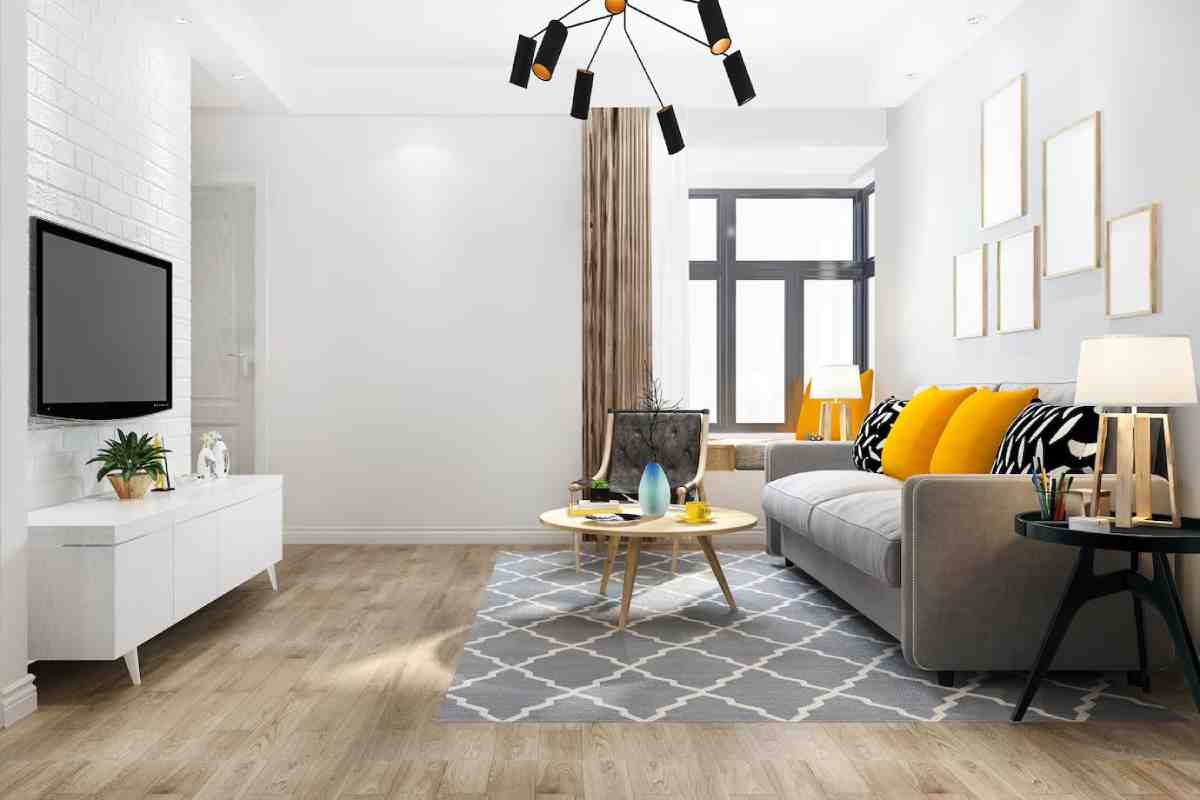
How to Maintain a Clutter-Free Home Long-Term
You’ve put in the hard work — the piles are gone, the spaces gleam, and your home finally feels like a sanctuary. But maintaining that peace? That’s where the real art lies.
Many people find that after a successful decluttering spree, the clutter slowly creeps back. The good news? With strategic routines and mindset shifts, you can maintain decluttering success, develop powerful tidy habits, and master home maintenance decluttering long-term.
In this guide, you’ll find expert strategies to keep clutter at bay effortlessly, so your home stays welcoming, clear, and joyful day after day.
Understanding the Core: Why Clutter Returns (and How to Stop It)
According to behavioural researchers, clutter often resurfaces due to unconscious habits, lifestyle changes, and decision fatigue. Dr Susan Krauss Whitbourne notes that possessions accumulate because they are associated with emotions, memories, or “just in case” thinking.
Key causes of recurring clutter:
- Lack of systems to maintain order
- Emotional attachment to new belongings
- Procrastination on small daily tasks
Important: Maintaining a clutter-free home isn’t about being perfect. It’s about building small, consistent habits that protect the peace you’ve created.
Quick Guide: Maintain Decluttering Summary
- Practice daily two-minute resets.
- Apply the one-minute rule.
- Schedule weekly mini-decluttering.
- Use the “one in, one out” rule.
- Set up clutter catchers.
- Be a mindful consumer.
- Celebrate open spaces.
(Print or bookmark this checklist for weekly motivation!)
Step-by-Step Guide: How to Practise Home Maintenance Decluttering

Step 1: Develop Daily Tidy Habits
Rather than occasional massive clean-ups, practice small daily resets.
Daily Habits to Implement:
- Make your bed every morning.
- Clear kitchen counters after every meal.
- Return items to their “homes” immediately after use.
Pro Tip: A two-minute tidy session in the morning and evening can change the entire energy of your home.
Step 2: Apply the One-Minute Rule
If a task takes one minute or less, do it immediately.
- Put away the shoes
- Hang up coats
- File important papers
Secret Tip: This prevents micro-messes from snowballing into overwhelming chaos.
Step 3: Schedule Regular Mini Decluttering Sessions
Set aside 10–20 minutes weekly to:
- Reassess drawers
- Purge expired pantry items
- Sort the stray papers
Important: Treat decluttering as a maintenance ritual, not a one-off event.
Step 4: Use the “One In, One Out” Principle
Whenever you bring a new item into your home (clothing, gadget, decor):
- Release an old one.
This simple rule keeps possessions balanced over time.
Step 5: Create “Clutter Catchers”
Strategically place baskets, trays, or bowls to gather everyday clutter:
- Entryway tray for keys and post
- Basket by the sofa for remote controls
Review and empty these zones weekly.
Pro Tip: Clutter catchers don’t have permission to hoard — they’re just transitional zones to manage daily life.
Step 6: Master Mindful Consumption
Before buying something new, pause and ask:
- *”Does this spark lasting joy or serve a clear purpose?”
- *”Where will this live in my home?”
Conscious buying habits prevent clutter before it starts.
Step 7: Celebrate Space, Not Stuff
Shift focus from acquiring more to appreciating the clear, open spaces you’ve created.
Secret Tip: Photograph a tidy room before and after you refresh it — visual pride reinforces positive habits.
Best Practices & Additional Insights for Tidy Habits
Anchor Decluttering to Existing Habits

- Wipe kitchen counters while waiting for the kettle to boil.
- Sort mail immediately after walking in.
- Fold laundry while watching TV.
Pairing tidying with current routines makes it feel effortless.
Set Seasonal Reset Days
Choose one day each season (spring, summer, autumn, winter) for a larger home refresh:
- Donate unused clothes
- Deep clean under furniture
- Reassess decor for seasonal shifts
Important: Seasonal resets prevent clutter buildup in unnoticed corners.
Practice “Closing Rituals”
End each day with:
- Fluffing pillows
- Turning off lights mindfully
- Putting away lingering items
Small closing rituals provide a sense of accomplishment and peace.
Secret Tip: Play soft music while tidying — it makes the process enjoyable and meditative.
Real-World Story: Hannah’s Clutter-Free Home Journey
Hannah, a freelance writer in Bristol, struggled with keeping her one-bedroom flat tidy despite a major decluttering blitz.
“Within six months, it felt like the clutter had crept back,” she shares.
Using these tidy habits:
- She committed to five-minute resets every evening.
- Used a “mindful shopping mantra” before every purchase.
- Embraced “Sunday Resets” to refresh her living space weekly.
Now?
“I spend less than 20 minutes a day on maintenance, and my home always feels ready for anything — guests, workdays, or lazy weekends,” Hannah beams.
FAQs About Maintaining a Clutter-Free Home
How do I stay motivated to tidy consistently?
Focus on the emotional rewards: a calmer mind, smoother mornings, and more time for what matters. Also, celebrate small wins regularly.
What if my family members aren’t on board?
Model the behaviour first. Often, others are inspired when they see the positive changes in your area. Invite them gently into the process rather than forcing participation.
How do I handle sentimental items that slowly accumulate?
Create a dedicated memory box with a clear size limit. When it fills up, curate before adding new items.
Should I declutter even if my home “looks” clean?
Yes. Hidden clutter (in drawers, closets, and storage rooms) creates hidden mental weight, too.
Pro Tip: Invisible clutter counts just as much for emotional clarity.
How do I prevent “decluttering burnout”?
Work in small, regular bursts rather than exhausting marathons. Maintenance, not perfection, is the goal.
Conclusion: Make Clutter-Free Living Your New Normal

Maintaining a tidy home isn’t about striving for magazine-photo perfection. It’s about creating an environment that supports your dreams, mental clarity, and daily well-being.
Through steady, tidy habits, intentional home maintenance, decluttering, and mindful consumption, you can easily maintain decluttering results for the long term.
Protect your peace. Celebrate your spaces. And remember: the true joy of a clutter-free home is not just what you have — it’s what you make room for.
Ready to keep your home light, joyful, and clutter-free forever? Start today with one simple tidy habit — and watch your sanctuary flourish.